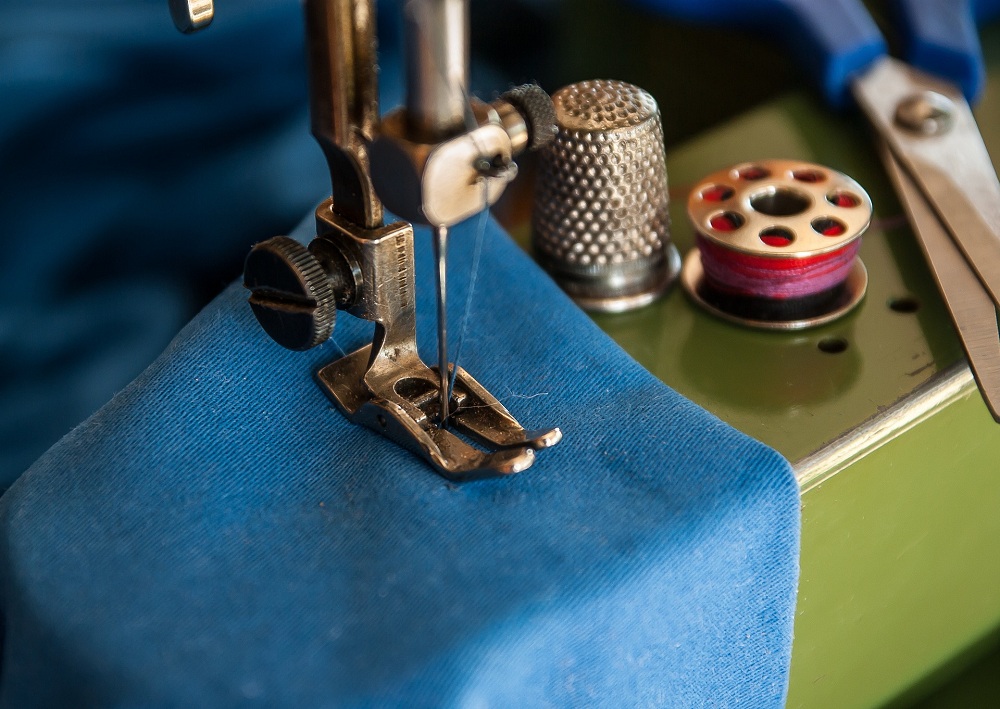Music can be a passion for many people, with many aspects to consider. According to a National Endowment for the Arts study, more than three-quarters of Americans (74 percent) engage in some form of musical activity. This step could be anything from singing in the shower to playing an instrument. And it’s not just adults who love music; nearly half of all children aged 6-17 participate in music-making activities outside school.
There are many reasons why people love music. Some find it soothing, while others appreciate how it can convey emotions or tell a story. No matter your reason for enjoying music, there’s no doubt it can be a passion for many people. However, your home might not have any room dedicated to music. It could be for various reasons, such as not enough space or you live in an apartment where making noise isn’t allowed. Reserving a room in your home to music can create the perfect environment to enjoy your passion. Here are some things to consider when making a music room in your home.
Identify the Suitable Area
When creating a music room in your home, it’s essential to identify the area best suited for your needs. It could be an unused bedroom, a garage section, or even an outdoor area like your backyard. Having enough space to accommodate your equipment and tools and enough room to move around comfortably is essential.
If you’re unsure what kind of space would work best for you, take some time to measure the room and consider how much equipment you’ll need. A lot of people play guitars, one of the most popular instruments. You might not need as much space if you’re a guitar player, but a few pieces of equipment are still essential. A custom wood guitar pedalboard might be something you want to consider. It’s a great way to organize your pedals and keep them within easy reach while playing.

When you like playing drums, you’ll need a lot more space. Keeping your drums in the house might not be possible if you live in an apartment or condo. In this case, you’ll have to get creative and see if there’s any way you can store your drums safely outside.
Fortunately, the setup might not be as complicated as the others when you use your voice as your main instrument. In most cases, you only need enough space to move around and a place to sit or stand comfortably.
Consider the Sound Quality
Sound quality should be one of your top priorities when creating a music room in your home. After all, you want to be able to hear yourself and your instrument. To get started, consider the acoustics of the room. Things like hardwood floors and rugs can help with sound absorption and dampening noise.
In addition to the materials used in the room, the size and shape of the space can also affect sound quality. A small room with parallel walls will create an echo chamber where sound waves reflect off the walls back to the source. This step can be both good and bad, depending on the type of music you play.
If you’re looking for a more live sound, this effect can work in your favor. But it might not be ideal if you want to record yourself or practice without being too loud. In this case, you might want to consider a different shape or size for your music room.
Soundproof Your Music Room
Besides the acoustics of the room, you also need to consider soundproofing. This step is crucial if you live in an apartment or condo where noise might be an issue for your neighbors. You can soundproof a room in various ways, such as using acoustic panels or hanging curtains.
You can also use things like rugs and furniture to help absorb sound. If you have hardwood floors, consider covering them with a carpet. And if possible, try to avoid putting your music room next to thin walls that connect to other apartments or condos.
Consider the Lighting
It would help if you considered lighting when creating a music room in your home. The type of lightbulbs you use can make a difference in the overall ambiance of the space. For a more relaxing atmosphere, use soft white or yellow lightbulbs. If you want a brighter area to help you stay focused, use daylight or LED bulbs.
It would help if you also considered the placement of your light fixtures. If you have a window in your music room, position your light sources in a way that takes advantage of the natural light. This step can help you save energy costs and create a more pleasant environment.
In addition to the type and placement of your light fixtures, you should also consider the color of your walls. A more golden color will reflect more light and make the space seem brighter. A darker color will absorb light and make the room seem more intimate.
Final Thoughts
Creating a music room in your home can be a great way to improve your creative process. You can focus on your craft and avoid distractions when you have a dedicated space for making music. There are various things to consider when setting up your room, such as acoustics, soundproofing, and lighting. With some planning, you can create the perfect environment for making music.



